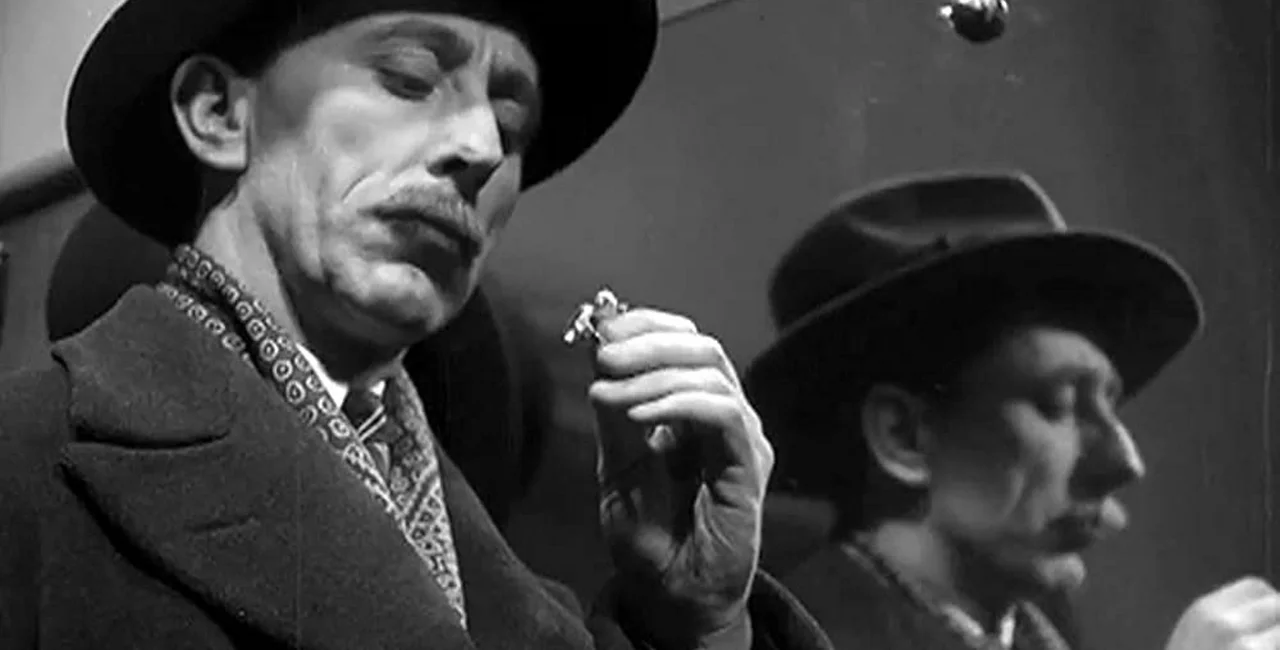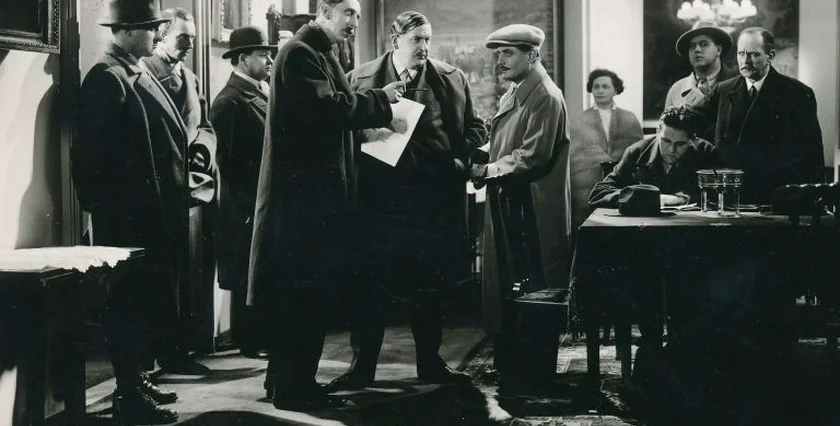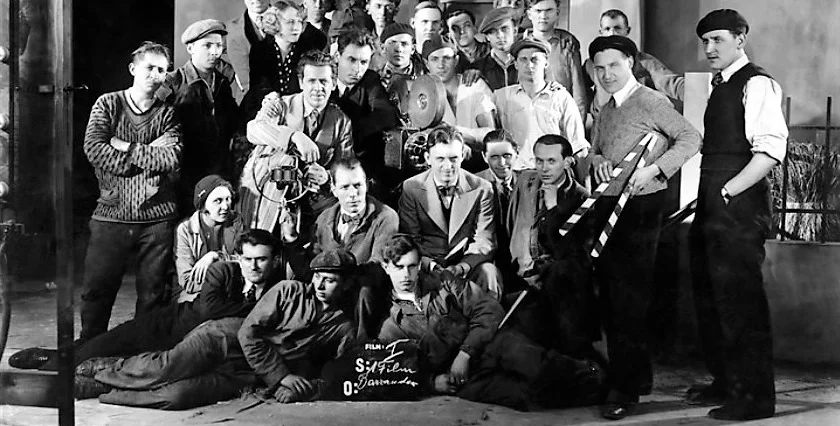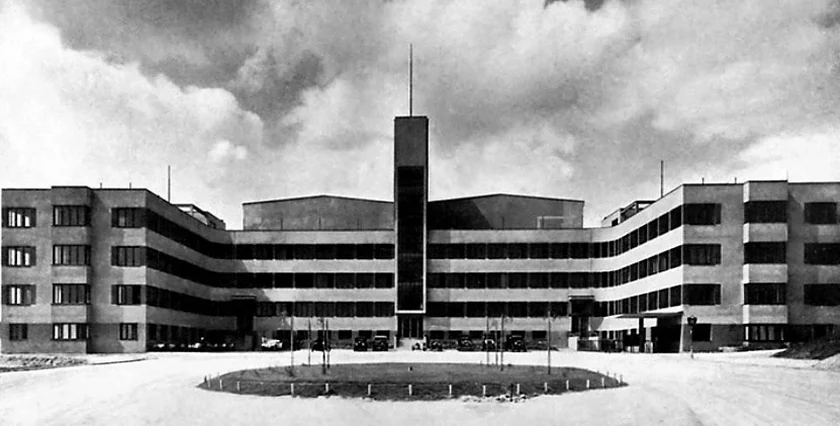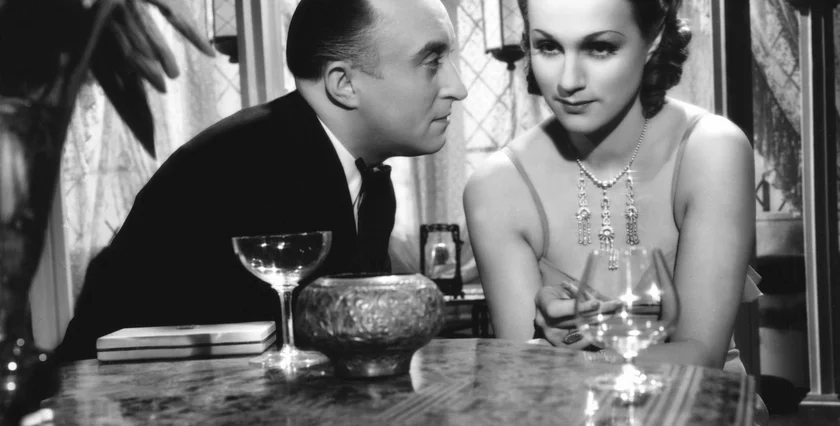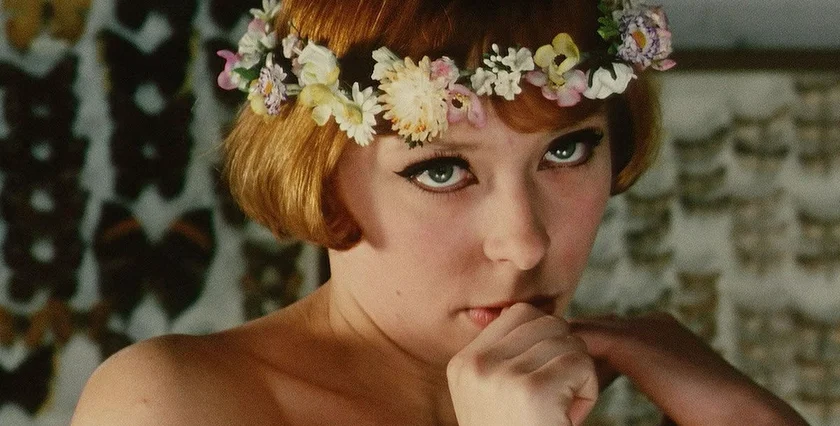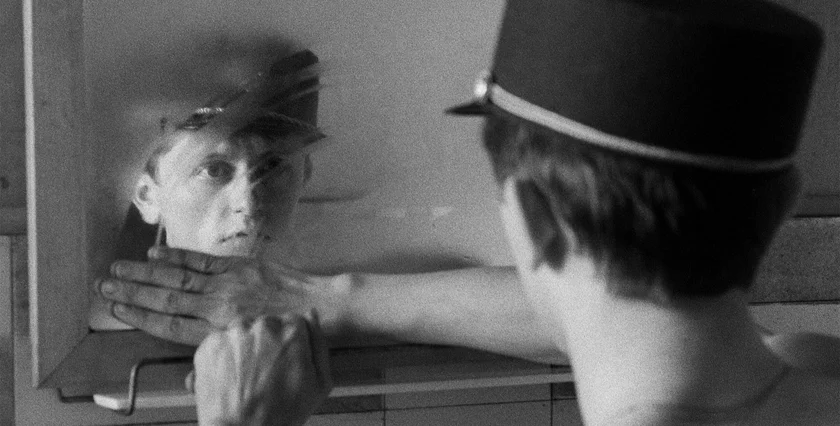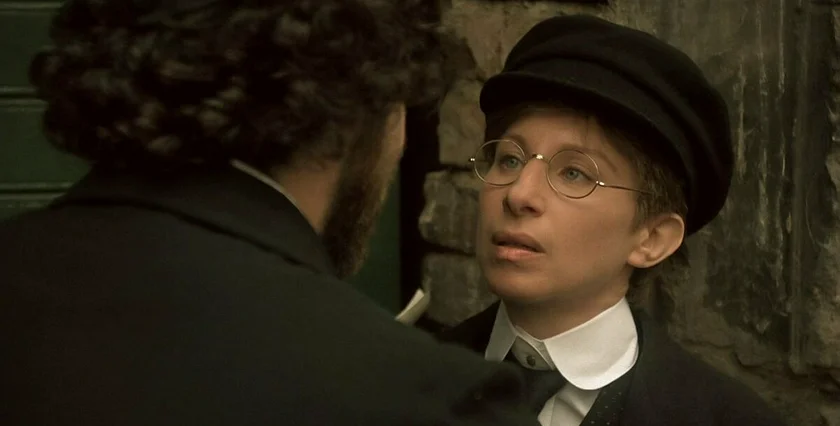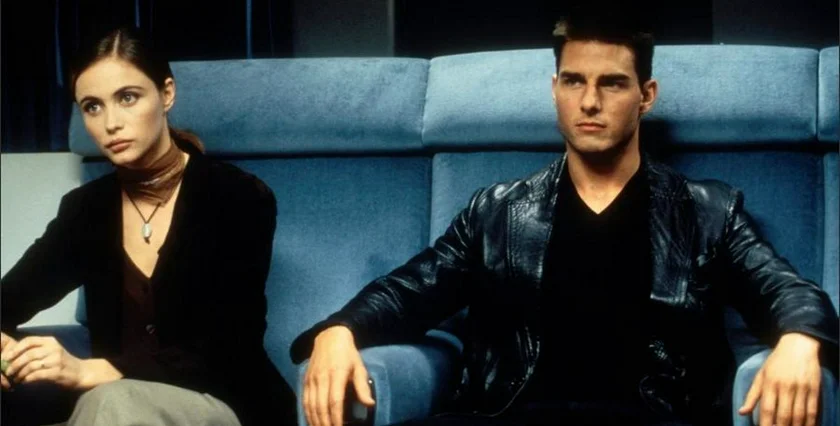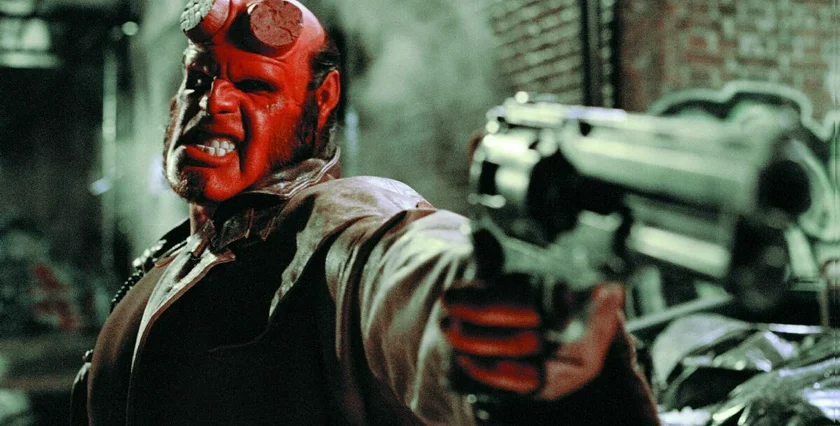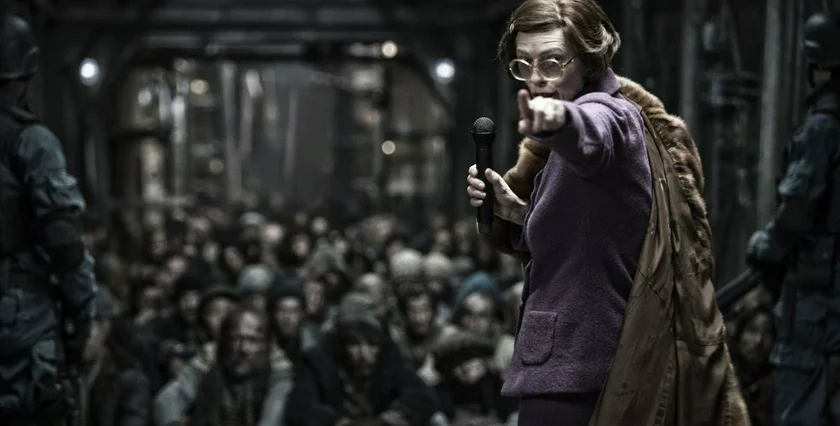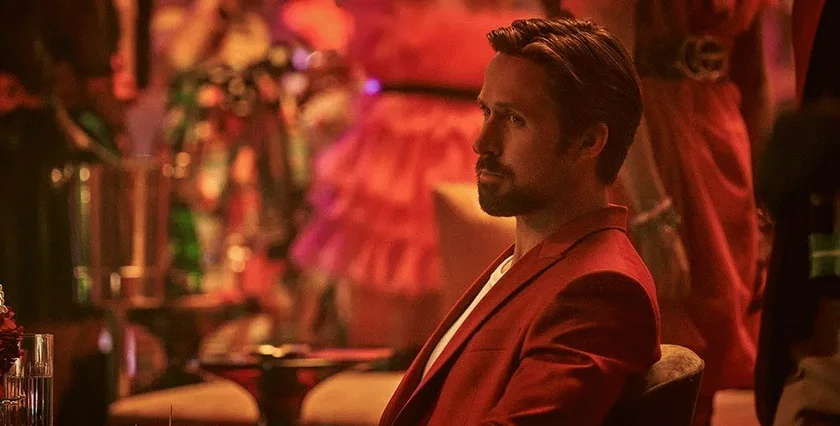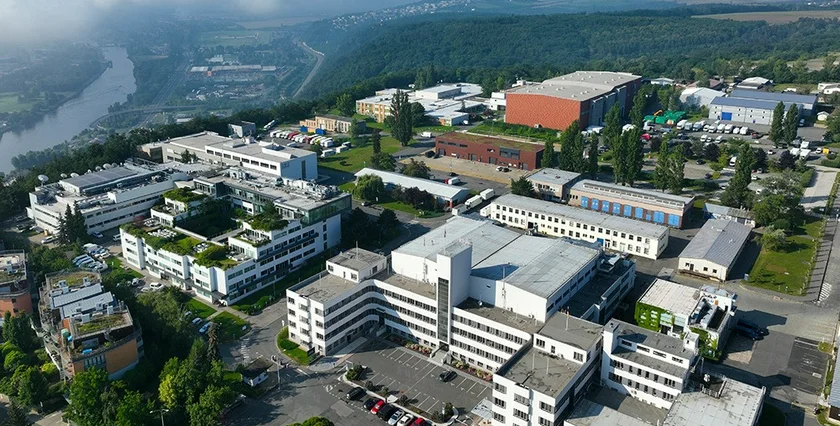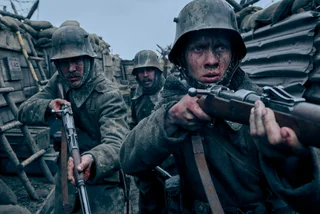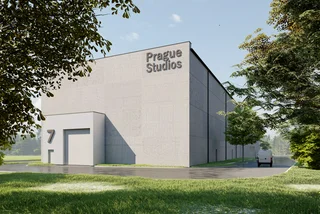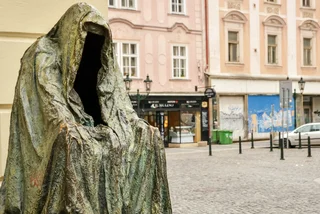Prague’s Barrandov Studios marks 90 years since production started its first film. The clapper snapped at 9 a.m. on Jan. 25, 1933, to mark the start of filming on the crime drama “Murder on Ostrovní Street.”
The studio was founded by entrepreneur Miloš Havel for his filmmaking company AB. Until 1945, the studio was called Filmové továrny AB na Barrandově (AB Film Factory at Barrandov).
While films had been made in Prague for many years, Miloš Havel wanted to improve their quality by creating a studio to rival the ones in the U.S. and Germany, which were the world leaders in cinema at the time.
He was particularly interested in making a facility that could handle making sound films, which was a relatively new technology at the time.
The location in the south of Prague was chosen because Miloš’s brother, engineer Václav M. Havel, was already planning a residential development and resort in Barrandov. Václav M. Havel was the father of the late president and playwright, Václav Havel.
Construction began on Nov. 23, 1931, based on designs by Max Urban, who was not only an architect but also a filmmaker. The interiors and soundstages were planned with the help of actor and set designer Vilém Rittershain. The result was the most advanced studio in Europe at the time.
The facility ushered in a golden age of Czech filmmaking, with up to 80 films a year made there and over 300 people on permanent staff. Big stars of the era included Oldrich Nový, Vlasta Burian, and Lída Baarová.
“Murder on Ostrovní Street” was made rather quickly and premiered on March 24, 1933, playing for two weeks at Prague’s Lucerna and Kotva cinemas. The 75-minute film was judged “unsuitable for youths” by the censorship board. The plot involved a businessman who is suspected of murdering his wife. A single policeman is not convinced and follows the trail of evidence.
Highs and lows in the 20th century
Barrandov Studios, like virtually all companies in Czechoslovakia in the 20th century, had a turbulent history. It was confiscated by the occupying German government in 1939 and used to make propaganda. Three large filming halls were built during the war, and are still used. Miloš Havel was forced out of ownership of the studio but was allowed to continue making and distributing a limited number of films.
The studio remained state property during the communist era. Former owner Miloš Havel faced persecution from communist authorities and eventually moved to Munich, West Germany, in 1955, never to return.
Further expansion included film labs, a special effects stage, and a tank for underwater filming. During this era, the studio was used by directors from the Czech New Wave, with Miloš Forman, Jiří Menzel, Věra Chytilová, Jan Němec, Ivan Passer, Elmar Klos, and Ján Kadár all making classic films there in the 1960s.
It also attracted some foreign film production, with Barbra Streisand making “Yentl” there in 1982. Forman, who fled to Hollywood after the 1968 invasion, returned in 1983 to make the Mozart biopic “Amadeus.”
A second home to Hollywood
Since 1990, the studio has been owned by Moravia Steel. It is used by both domestic and foreign filmmakers for films, series, and advertisements. Notable post-revolution productions include “Mission: Impossible,” “A Knight's Tale,” “Hellboy,” “The Illusionist,” “Oliver Twist,” “Casino Royale,” “Snowpiercer,” and “Jojo Rabbit.”
The most recent films to use the studio include "The Gray Man," "All Quiet on the Western Front," and the currently filming John Wick spin-off "Ballerina."
The studio has also added even more studio space and now also has a standing medieval village set for filming.












 Reading time: 3 minutes
Reading time: 3 minutes 